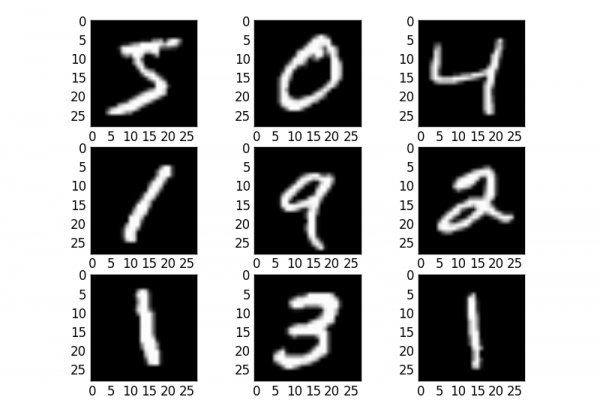Image Augmentation for Deep Learning With Keras

Last Updated on September 13, 2019
Data preparation is required when working with neural network and deep learning models. Increasingly data augmentation is also required on more complex object recognition tasks.
In this post you will discover how to use data preparation and data augmentation with your image datasets when developing and evaluating deep learning models in Python with Keras.
After reading this post, you will know:
- About the image augmentation API provide by Keras and how to use it with your models.
- How to perform feature standardization.
- How to perform ZCA whitening of your images.
- How to augment data with random rotations, shifts and flips.
- How to save augmented image data to disk.
Kick-start your project with my new book Deep Learning With Python, including step-by-step tutorials and the Python source code files for all examples.
Let’s get started.
- Update: The examples in this post were updated for the latest Keras API. The datagen.next() function was removed.
- Update Oct/2016: Updated for Keras 1.1.0, TensorFlow 0.10.0 and scikit-learn v0.18.
- Update Jan/2017: Updated for Keras 1.2.0 and TensorFlow 0.12.1.
- Update Mar/2017: Updated for Keras 2.0.2, TensorFlow 1.0.1 and Theano 0.9.0.
- Update Sep/2019: Updated for Keras 2.2.5 API.